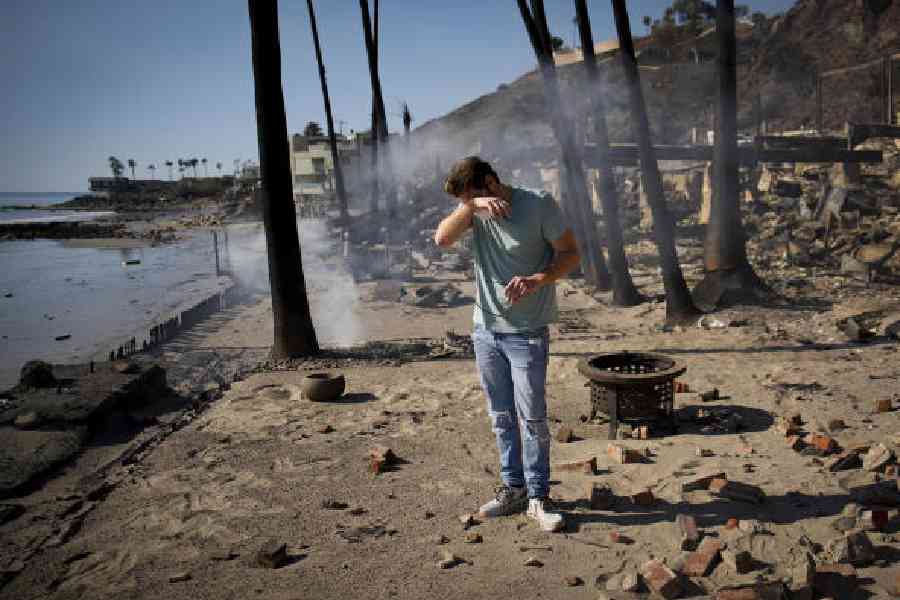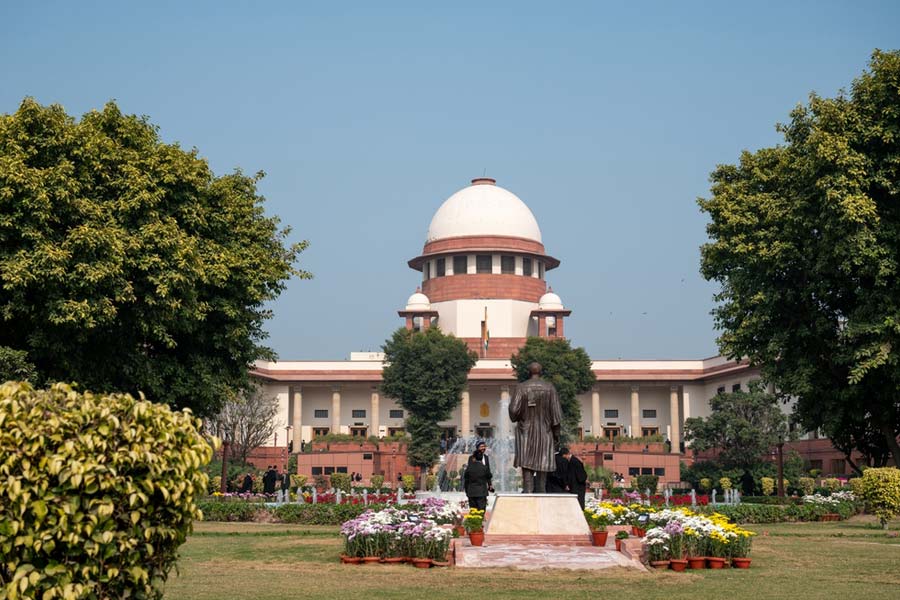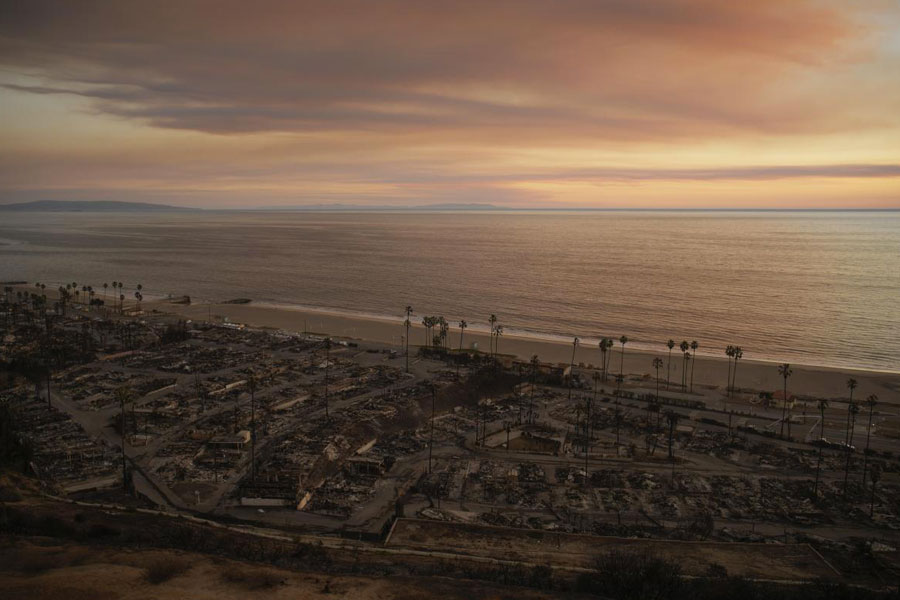This week’s fires around Los Angeles present a puzzle: Why is California, the state best equipped to deal with wildfires, seemingly unable to prevent blazes from consuming entire chunks of the country’s second-largest city?
California’s building code for wildfires is among the most protective in the nation. Its local fire departments are backed up by CalFire, the state fire agency, which has a $4 billion budget and some of the best trained firefighters in the world. The state’s huge tax base generates effectively unlimited resources for wildfire protection. And California has mandatory statewide requirements that homeowners in risky areas create “defensible space” around their property — rules that other Western states would like to apply but can’t because it would anger conservative voters.
Yet the events of this week demonstrate the limits of those efforts, raising uncomfortable questions about whether any part of the US — even the wealthiest, best prepared and most experienced — can truly adapt to wildfires made worse by a hotter climate.
“Climate change, and climate events, are causing us to butt up against that limit,” said Joshua Saks, the adaptation program director for Georgetown Climate Center at Georgetown University Law Center in Washington. “The risk will always grow, and at some point outpace what you’ve done.”
Part of the extensive damage from the fires in Los Angeles may reflect errors in planning or execution. Fire hydrants designed to fight house fires ran dry, as water reserves faced greater demand than officials anticipated.
It’s not clear that residents had sufficient warning or that evacuation routes were well planned.
The second-guessing and questions about accountability have already begun even as the fires continue to rage.
But there is no escaping the fact that wildfires in the American West are growing worse. Rising temperatures mean drier vegetation, which creates more fuel for fires; it also means those fires are harder to extinguish once they start.
New York Times News Service











